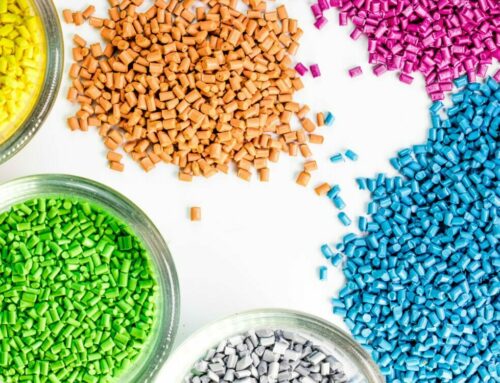Injection molding (sometimes spelled injection moulding) is a manufacturing process ideal for mass-producing parts in very large volumes. It’s used so commonly because once you create an injection mold design, it can be easily scaled to produce thousands or even millions of pieces at a relatively low price per unit.
However, there are a lot of myths out there about injection molding. We compiled six of the most common ones and are here to bust them so you can experience an effective injection molding process!
Injection Molding Myth #1: Any Shape is Moldable
The truth: In mechanical engineering, the part design has to be manufacturable. Similarly, in injection molding, the plastic part has to be moldable to a high degree. If moldability is poor, you will run into all types of quality and production problems during your injection molding process. Therefore, the widely accepted assumption that any geometry of a plastics part is perfectly moldable is incorrect. In reality, a part’s design will need to be modified if it is not more than 90% moldable. Perfection in moldability will also depend on having a balanced melt flow and heat exchange, as well as uniform freezing, in the mold.
Injection Molding Myth #2: Injection Molded Parts Can Only be Customized Post-Production
The truth: A common misconception about the injection molding process is that the parts it produces can’t be both functional and aesthetically pleasing. This comes from people believing products made on a plastic injection molding machine are only able to retain the base color of the resin used in the molding process, which are often basic neutral colors. Some plastic injection molding companies will even tell you that any design elements or embellishments you want on your products must be added in using an additional finishing process after the molding itself has been completed.
This means you’d have to spend extra time and money getting your products the way you want them. However, injection molds can actually be specifically designed so that various aspects such as textures or finishings are included as part of the mold. You can even leverage Pantone matching to create resins of nearly any color—not just neutrals.
Injection Molding Myth #3: Only Certain Materials can be Used in the Injection Molding Process
The truth: Because of the way the injection molding process works, it’s often assumed that only very specific, specially formulated materials are suitable to be used in a plastic injection molding machine. The truth is that plastic molding is an extremely versatile process. It can utilize many different kinds of materials including ABS, polypropylene, and most polymers, which includes all thermoplastics (like nylon, polyethylene, and polystyrene) and some elastomers. There are actually thousands of different materials that you can use for injection molding; the ones that are right for you will depend on the strength and function required of the final product you’re trying to produce.
Injection Molding Myth #4: Any Part With a Lower Weight Than the Maximum Shot Weight of Your Injection Molding Machine can be Molded
The truth: Molding the biggest possible part of the highest flow ratio, requires a, “Higher injection rate for a given size of screw.” Therefore, bigger molding projects (within the maximum shot weight) are only possible with a machine that has a larger injection rate.
Injection Molding Myth #5: Quality Problems Can Only be Corrected by Injection Molding Machine Parameters
The truth: The parameters of your injection molding machine are not the only way to correct molding process constraints like sink marks, warpages, shrinkage, and dimensional inaccuracies. In reality, part and mold design can help take care of those problems. Therefore, it’s actually more important to make sure you’re using the most effective part and mold designs before production even begins. This is the best way to ensure that quality molded parts are the result of your injection molding process.
Injection Molding Myth #6: Injection Molding Machines Produce High Amounts of Scrap
The Truth: In reality, the injection molding process results in low scrap rates when compared to many other traditional manufacturing processes, such as CNC machining. These traditional processes often cut away substantial percentages of an original plastic block or sheet, resulting in additional scrap. The low amounts of waste plastic that are produced by injection molding mainly come from four areas of the plastic injection molding machine: the sprue, runners, gate locations, and any overflow material that leaks out of the part cavity itself.
Now that you know the truth behind some of the most common injection molding myths, you can optimize your processes to be more efficient and effective!
If you’re looking for an injection molding machine for sale or need help determining what type of injection molding machine your business needs before making a purchase, reach out to the experts at PlastiWin today!





